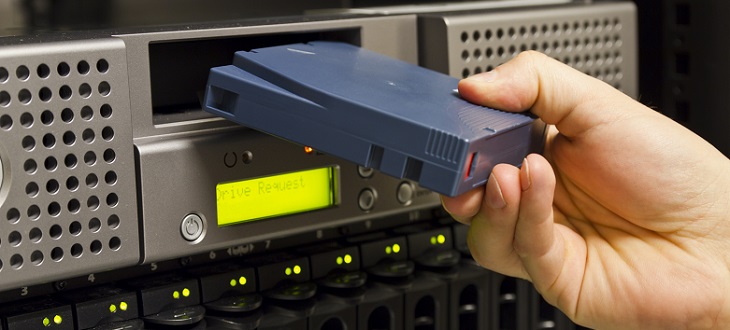
Data Backup Best Practices
Be it technical failure or natural disaster, backup and disaster recovery solutions are an absolute necessity for organizations of all sizes. Putting time and effort into finding, implementing and maintaining a good backup and recovery solution should be your top priority.
The cost of not backing up data
According to a recent survey, data loss is increasing at a rate of 400% per year. An estimated $1.7 trillion is what businesses stand to squander if they do not invest in proper data backup.
What’s more? Even in this era of cutting edge technology, many organizations in the UAE claim that they do not have any disaster recovery measures in place.
Three steps to an effective data backup plan
- Analyze what needs to be stored and why: Osterman research has shown that 75% of the data that employees need to operate productively on a day to day basis is hosted by email servers in the form of messages and attachments. Let’s not forget the social media interactions with followers, clients and influencers that can prove to be invaluable research. The point is that everything around a business is a potential source of data and thus insights. Backing up only the transaction records or the preferences of clients is just not enough anymore. Companies need to think outside the box. Consider all digital platforms that puts you in touch with the people who are vital to your business. How much of this data is irreplaceable? How much of this data is sensitive and should be backed up in an encrypted database? Without concrete answers to these questions, a fool-proof backup plan is not possible.
- Plan for all contingencies: Is it enough to randomly back data up? No! Data backup costs money. And thus, businesses need to be very strategic with how they go about the process.
- Redundancy is important. There has to be a back-up of the back-up of information that can’t be recovered if it is lost.
- Don’t put all your eggs in one basket. Redundancy in terms of geographical location is also important. This kind of foresight mitigates the impact of disasters. Ensure that mission critical and sensitive data is backed up in multiple locations. And is easily accessible to the workforce.
- Safety is paramount. Data loss is not the only problem that enterprises face. Data breach is another. Enforce security protocols like passwords and limited access permission for classified data and keep yourself and your backups well covered.
- Test your backup system: Not testing a backup plan for operational errors and flaws is the worst mistake that a business can make. It is important to give the backup platform a test run as soon as it is implemented and do so regularly thereafter.
The key is planning, training, testing, and regular review of the plan. Do this and you will survive any trouble that you might encounter.
eHDF, UAE’s leading data centre provider offers a suite of Managed Services including storage and backup. For fast, flexible and centralized data protection across platforms.

Leave a Comment
Thank You
Your comment will be published after approval.